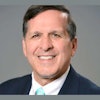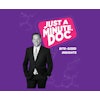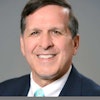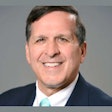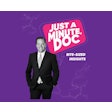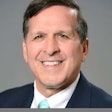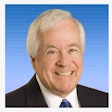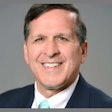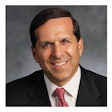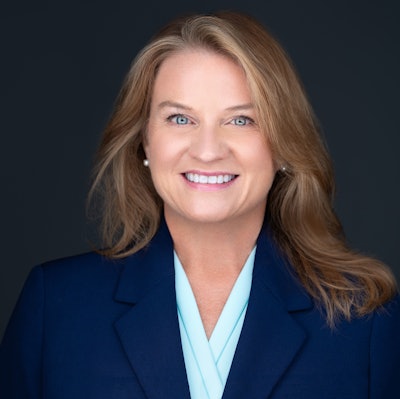
In recent years, social media platforms have become integral to how dental professionals engage with patients, promote their services, and share educational content. Platforms like Instagram, TikTok, and YouTube offer unprecedented opportunities for visual storytelling and direct communication with a global audience. However, while social media enhances patient education and practice visibility, it also presents significant challenges, particularly concerning the spread of misinformation and misleading content that can impact patient health and trust.
The influence of social media on dental practices
One of the benefits of social media is that it has transformed how dental practices connect with patients, enabling dental professionals to more effectively showcase smile transformations, explain treatment procedures, and provide oral health tips in a visually compelling manner. This engagement fosters informed decision-making among patients, but it can also potentially lead to various forms of misinformation.
Moreover, social media has also fueled the trendification of dental care. Practices and products related to oral health, such as "smile makeovers" and "DIY teeth whitening hacks," can quickly gain traction and become viral sensations on platforms like Instagram, TikTok, and YouTube. These trends highlight a shift where aesthetic enhancements and at-home dental remedies are promoted widely, influencing public perceptions and behaviors toward oral health.
These trends often serve as powerful tools for promoting dental health awareness. For instance, educational content that demonstrates proper brushing techniques or highlights the benefits of professional teeth whitening can empower viewers to prioritize oral hygiene and seek professional care. Social media platforms facilitate the dissemination of such information, reaching a broad audience and fostering positive dental habits.
However, alongside these beneficial trends, social media can also perpetuate unrealistic expectations and unsafe practices related to dental care. Some trends may promote quick-fix solutions or promise dramatic results without emphasizing the importance of professional oversight.
Digital dental dangers: Misinformation in social media trends
Misinformation in dentistry on social media can manifest through viral trends, DIY dental hacks, and unverified treatment claims. Viral trends often promote unconventional or unproven methods for dental care, while DIY hacks propose at-home remedies for dental issues without professional oversight. Such content, while popular, lacks scientific validation and can potentially harm patients' oral health if followed without proper guidance.
From homemade teeth-whitening solutions to improvised orthodontic treatments, these DIY methods can seem appealing due to their affordability and convenience. However, they often lack the necessary scientific basis and clinical supervision, posing potential risks such as enamel erosion, gum damage, or even infections if used incorrectly or excessively.
The popularity of such content underscores a critical challenge: While these trends and hacks may garner significant engagement and followership, their widespread dissemination without proper scrutiny can potentially negatively impact patient outcomes. Patients may be misled into believing in the efficacy of untested treatments or neglecting professional dental advice, jeopardizing their long-term dental wellness and potentially exacerbating underlying oral health issues.
Navigating social media complexities in dentistry
Effectively using social media in dentistry requires dental professionals to prioritize evidence-based practices and transparent communication. This approach not only enhances patient education, but it also helps combat misinformation that is prevalent on digital platforms. By actively engaging on these channels, dentists can play a pivotal role in promoting safe and effective dental care practices.
Educating patients about oral health through social media involves more than showcasing smile transformations or explaining treatment procedures. It entails providing accurate information that empowers patients to make informed decisions about their dental care. This educational role extends to debunking myths and addressing misconceptions surrounding trending dental treatments. By presenting evidence-based insights and sharing case studies, dental professionals can guide patients away from unreliable DIY remedies or unverified treatment claims.
Equally important is the practice of transparency within dental practices. Transparency has the potential to set your practice apart from others, fostering trust by responsibly and accurately disclosing information about treatment processes, potential outcomes, and patient testimonials. Such transparency not only enhances credibility, but it also reinforces patient confidence in the practice's commitment to patient-centered care.
Furthermore, social media offers an opportunity for dentists to advocate for professional consultation. Encouraging individuals to seek personalized advice from qualified dental professionals ensures that treatments are tailored to their specific needs and conditions. This emphasis on individualized care helps counteract the one-size-fits-all solutions that are often promoted through viral trends.
The evolution of dentistry on social media will continue to shape patient care and community health. As these platforms evolve, dental practices must remain agile, adapting to new trends while upholding the highest standards of care. By embracing social media's potential for positive influence, dental professionals can foster a more informed patient base, counteract harmful misinformation, and promote preventive care.
Dr. Cindy Roark brings 20+ years of private practice, nonprofit, and DSO experience to Sage Dental Management. She is responsible for overall clinical leadership, including enterprisewide clinical strategic planning, developing and improving clinical protocols, researching new technologies and services, overseeing quality assurance, and providing professional development opportunities to 500 clinical team members and over 130 supported dental practices.
The comments and observations expressed herein do not necessarily reflect the opinions of DrBicuspid.com, nor should they be construed as an endorsement or admonishment of any particular idea, vendor, or organization.
